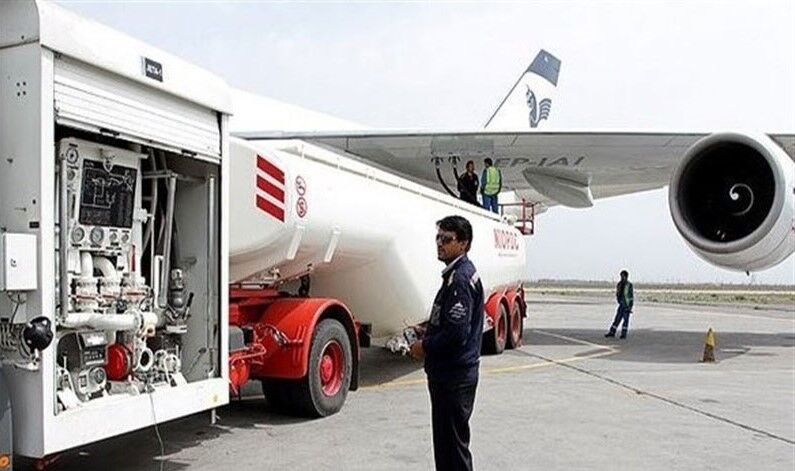Rashidi explained that following a request from Hossein Pourfarzaneh, head of the Civil Aviation Organization, and an order by Mohammad-Sadeq Azimifar, CEO of the National Iranian Oil Refining and Distribution Company, the production of the new fuel for the country’s strategic aviation fleet was prioritized.
He noted that research and development began with input from various refinery planning, operations, and laboratory teams. After months of effort, the fuel was produced on a trial basis and submitted to the Civil Aviation Organization for ground and flight tests. Final approval was granted, and mass production plans were initiated.
Rashidi added that further studies were conducted to enhance the fuel’s quality. Following a revision of the EN-228 standard in March 2025, which updated permissible oxygenated compound levels, Abadan’s experts developed a higher-quality formulation.
The CEO emphasized that the new jet fuel is sulfur-free, reducing environmental pollution. Given sanctions on aircraft parts and the fuel’s strategic importance in air transport, higher-quality fuel also prevents damage to aircraft engines and fuel systems.
With an annual demand of 1 million liters, the refinery repurposed storage tanks (Solvent 410) for the new fuel to maximize capacity and infrastructure use. By late May 2025, the first batch of the higher-quality fuel will be ready for delivery to the Civil Aviation Organization.


Your Comment